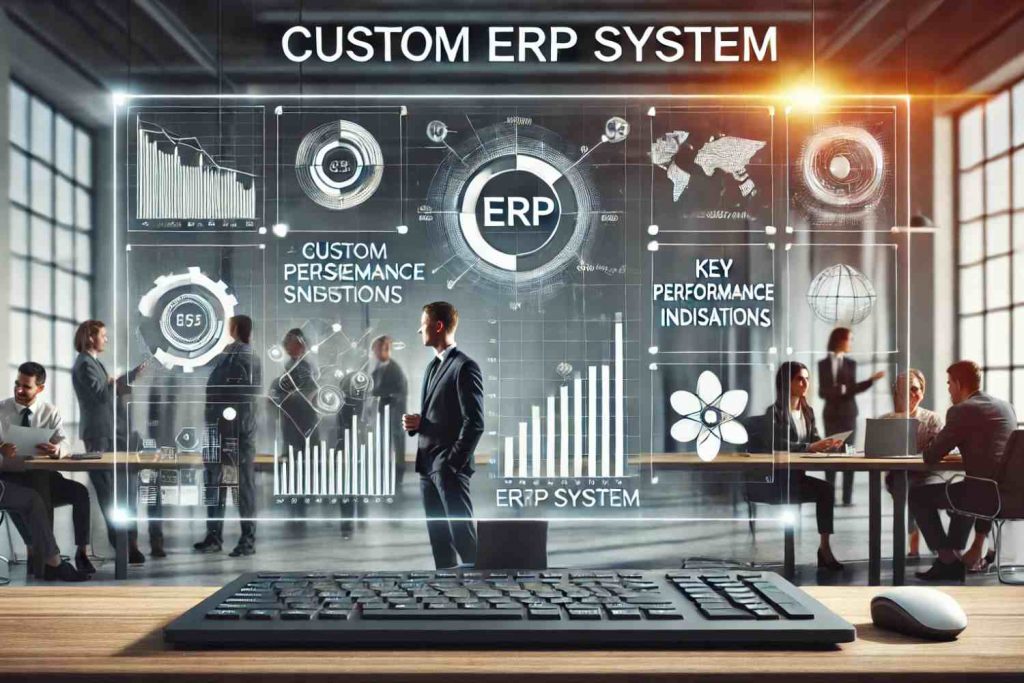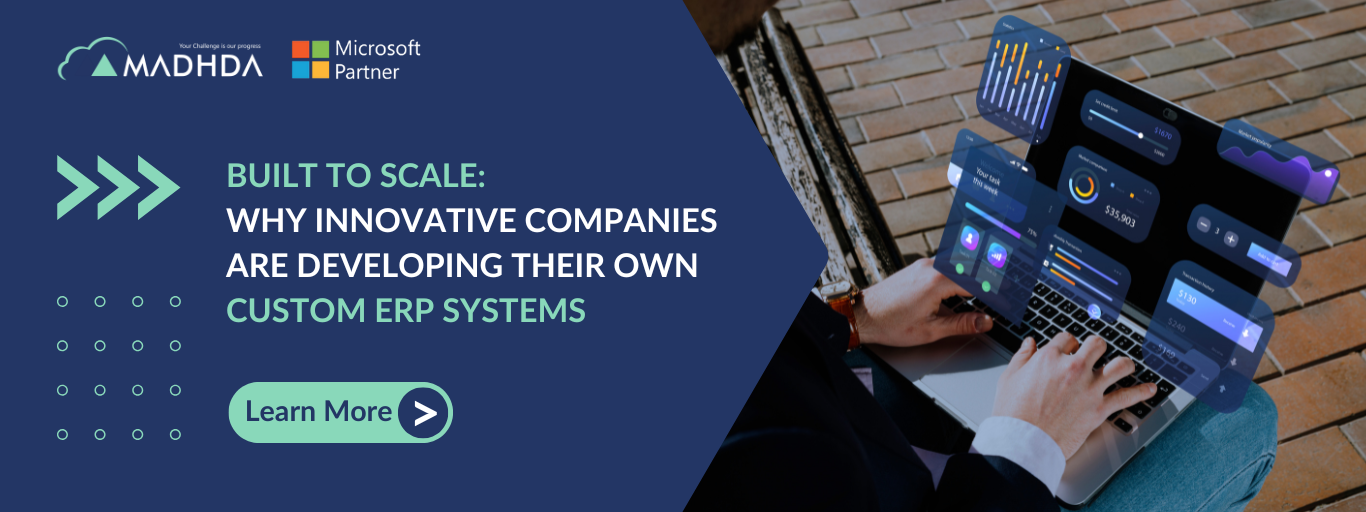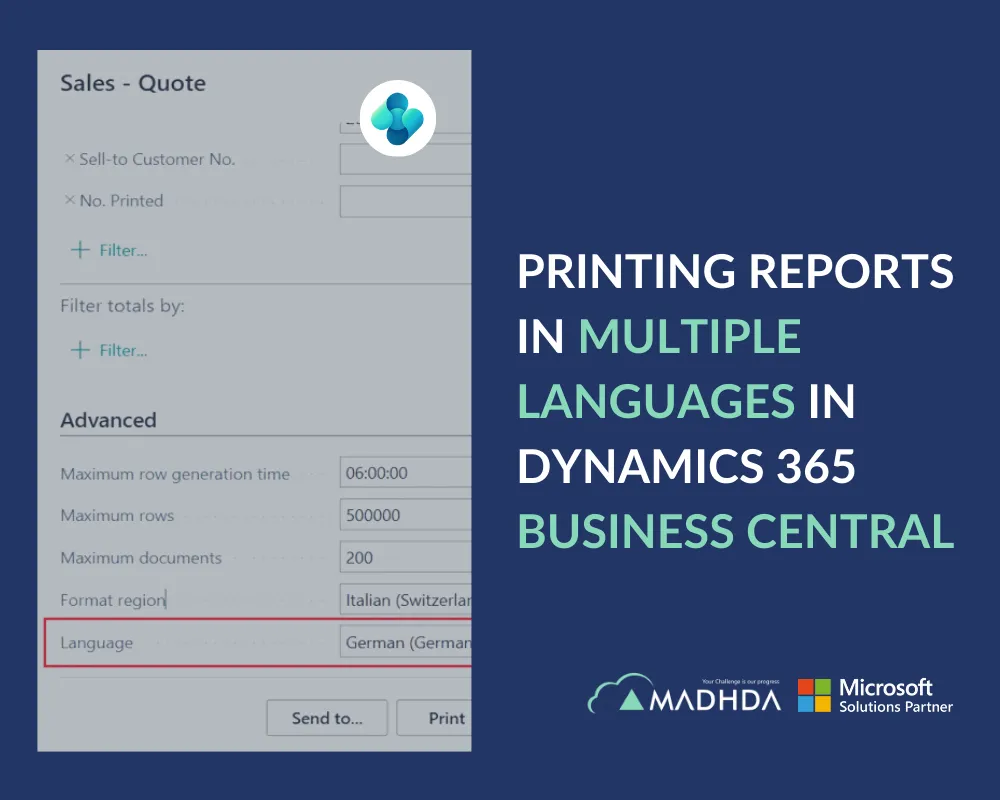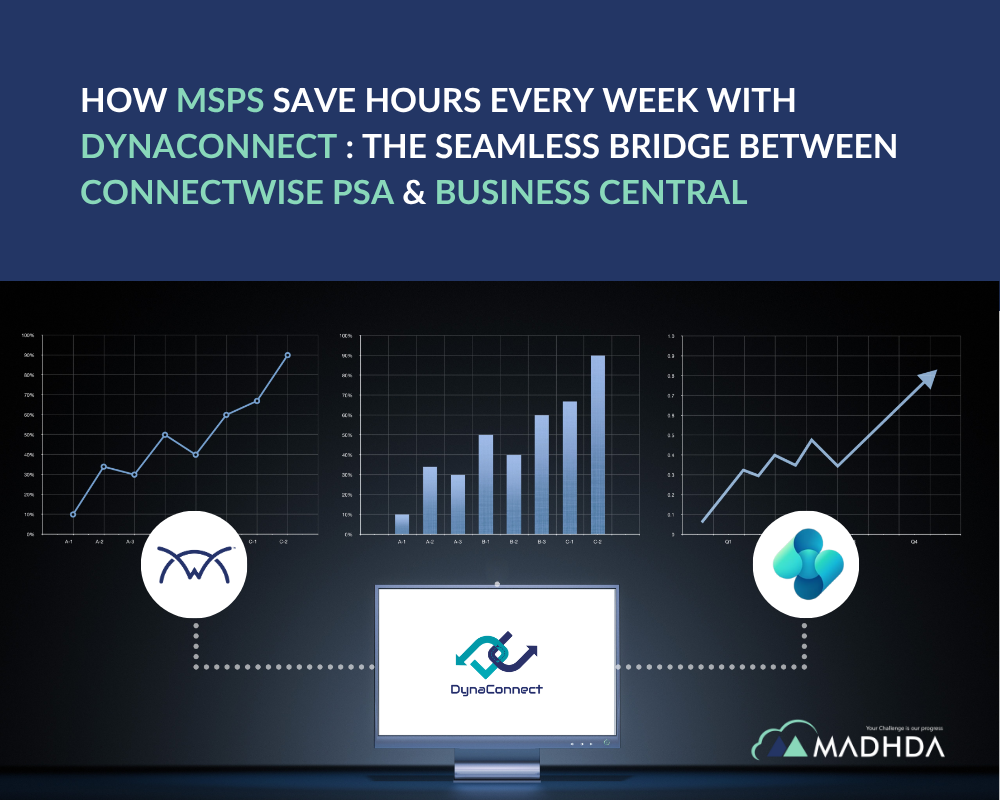“The companies that are digital on ERP today, will lead tomorrow.” – Gartner Research
In today’s fast-paced digital economy, ERP systems are no longer viewed as a back-office operation – they are a core driver of growth. From finance and operations, to supply chains management and customer experience support – ERP is the invisible engine that drives scalable businesses.
And therein lies the problem:
Traditional ERP systems were not built for the speed, scale and complexity of today’s businesses.
The shift: Business operations then vs. now
How companies were operated in (2010-2015):
- Earlier, demand cycles were quite stable and predictable.
- Businesses managed several physical and digital sales channels
- Data reports were generated either once a month or once a quarter
- Departments had little integration with almost no cross-communication
- Technology updates typically occur once every three years.
How companies will operate in 2025:
- Multi-channel and global by default (offline + online + marketplaces + social commerce)
- Customer expectations change daily — personalization and instant service are the norm
- Data-driven decisions in real-time, not quarterly reports
- Remote and hybrid teams needing seamless collaboration tools
- AI, automation, and industry-specific apps are core, not add-ons
- Markets shift faster than ever — agility is survival
The issue with traditional ERP
Most off-the-shelf ERPs promise universality but deliver friction:
- You can pay for features you will never use
- Customization might take months (or years)
- You must rely on external plugins to “fill the gaps”
- Your teams will never fully adopt a system when a system does not fit their workflows.
If your ERP adds complexity without clarity – then it is creating friction!
The rise of the “custom ERP Systems”
The most adaptable organizations today are not asking “which ERP should we buy?” but rather “why don’t we build the ERP that fits our business?”
And with modular, flexible platforms, building your ERP is not only possible – but often smarter, quicker, and less expensive in the long term.

But Why Build Instead of Buy?
You might be thinking, isn’t building an ERP complex and expensive?
So, let’s simplify the comparison:
| Buy an ERP | Build Custom ERP Systems |
| Predefined structure | Works with your workflows |
| Feature clutter | Only build what you need |
| Vendor-dependent updates | Total control |
| Expensive licenses | High long-term ROI |
| Needs external integrations | Built-in capabilities |
In conclusion – buying an ERP may seem easy and simple at first but building custom ERP systems wins in both cost and agility in the long run.
Why Choose Madhda
We utilize modular, scalable design to develop Custom ERP systems that:
- Connect finance, HR, inventory, CRM, and more on one unified platform
- Automate repeatable tasks through different workflows to save time and prevent errors
- Provide real-time dashboards to accelerate data-driven decisions
- Easily scale your add-ons for your specific processes
- Provide seamless integration with e-commerce, AI, and industry-specific applications
This isn’t about reinventing the wheel – we want to build you a wheel that fits your road.
Final Thoughts: ERP is not just a tool – it is a growth strategy
If your ERP doesn’t match your pace, your people, or your vision – maybe it’s time you found something better.
At Madhda, we help you think bigger, build smarter, and grow faster with ERP solutions that fit.
Ready to create your own ERP story?
Let’s connect → Contact Madhda










